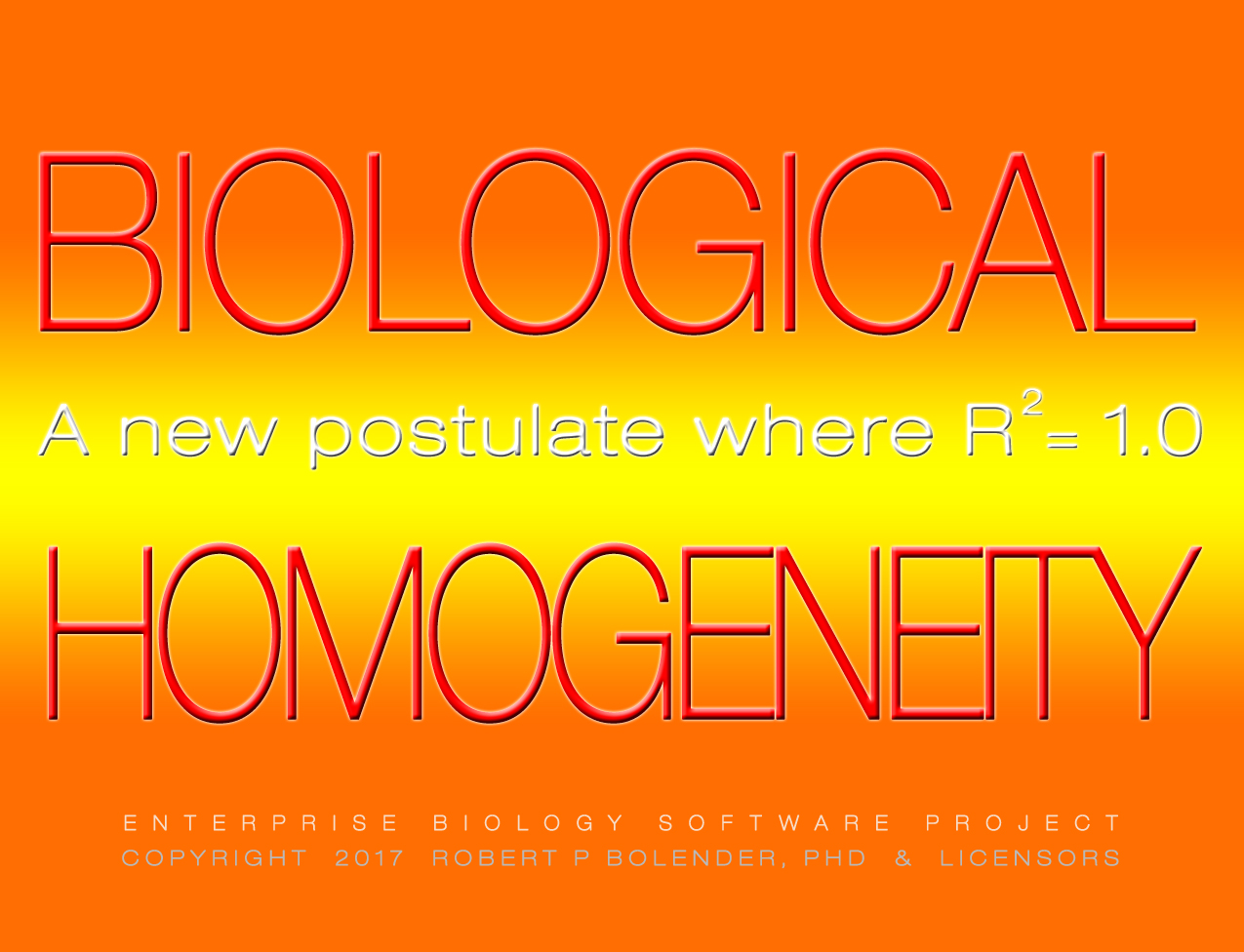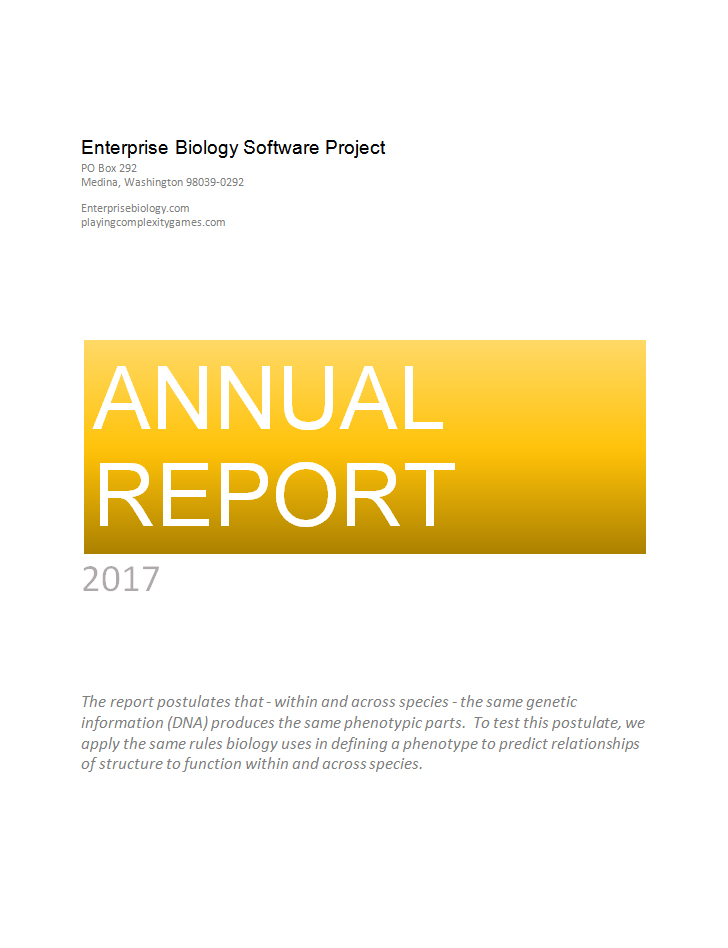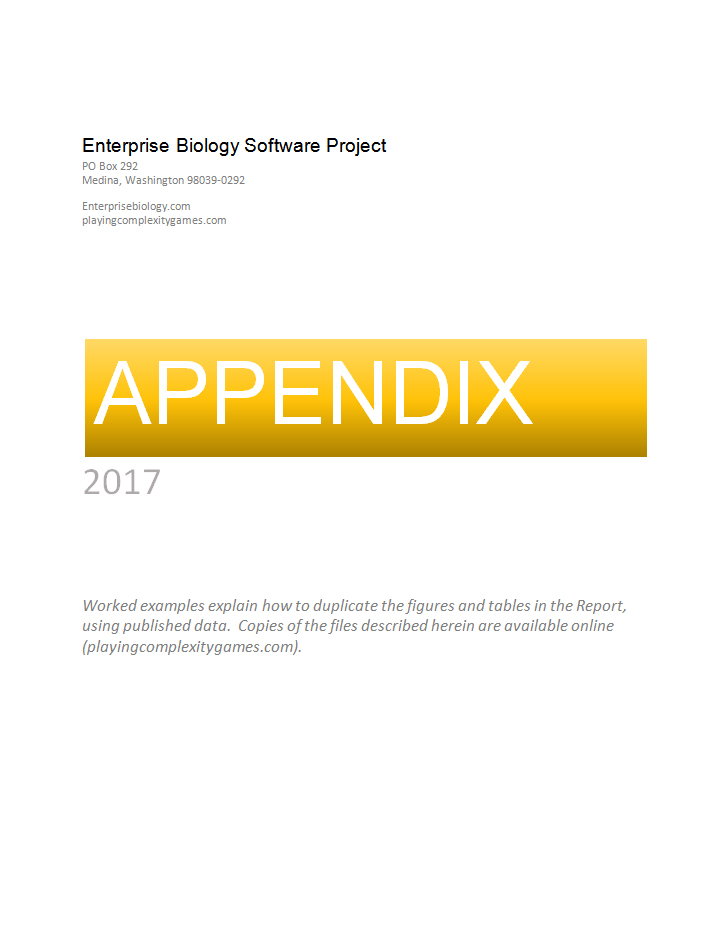PROGRESS REPORT - 2017




THE GOAL
The progress report introduces the postulate of biological homogeneity. It assumes that biological parts derived from the same sets of instructions in the genome display the same relationships of structure to function in the phenotype. To test this postulate, we will attempt to show that the rules governing such relationships exist both within and across species.
THE PROBLEM
If we expect to solve the biology puzzle, then we will have to figure out how to reconnect data scattered throughout the biology literature. We know that stereology can be used to quantify and connect everything from organisms to organelles and that molecular biology routinely connects DNA sequences (e.g., genes) to their molecular products. What we don’t know is how to connect the organelles we see in electron micrographs to the molecules we assay biochemically. In effect, we’re missing a major piece of the puzzle.
THE INCENTIVE
Molecular biology textbooks tell us that different animal species frequently share identical or nearly identical DNA sequences for a wide range of biological parts. If true, then solving one part in one animal effectively solves that part in all those animals sharing the same genetic information. Consider the implication. If the DNA sequences tell us what to expect in the phenotype and vice versa, then we have a two-way flow of information. This ability to shuttle data to and from the cell nucleus will become increasingly important as we begin to modify genomes.
THE STRATEGY
To be convincing, the connection between morphology and biochemistry should be such that it allows us to predict one from the other. Recall that prediction contributes importantly because it can fill in many of the gaps and serve as a check of its own validity. Since we already know from earlier reports that prediction in biology requires equations with R2 = 1, such equations become a key part of our game plan.
THE GUIDELINES
As to be expected, the literature tells us where to begin. We already know that the biochemical homogeneity postulates of deDuve assume that a unique relationship exists in cells between their morphology and biochemistry. To wit, biochemical constituents (e.g., marker enzymes) are uniformly distributed at unique cellular locations (e.g., organelles). Since we want to define this relationship with R2 = 1 equations, this is where our story must begin.
THE UNDERSTANDING
Verifying the homogeneity postulates, identifying mathematical links between morphology and biochemistry, and creating seamless connections between the phenotypes and genotypes all qualify as difficult problems, yet to be solved. One is encouraged, however, that they all seem to be part of the same problem sharing largely the same solution. If true, then finding solutions thereto puts us on a track leading to the missing pieces of the biology puzzle we are trying to find.
THE SOLUTION
By translating the postulates of deDuve into R2 = 1 equations and populating them with biochemical and stereological data, we now have the wherewithal to connect and predict. This moves our game at the next level.

PROGRESS REPORT - 2017
The progress report addresses the postulates underlying the relationships of structure to function in biology.

APPENDIX FOR 2017
The appendix includes prediction tables, sample calculations, and pattern data sets.
